Could you go a month without sugar?
No candy or cookies. No soda pop. No hazelnut syrup in your coffee.
The idea filled Kelsey Haynes with dread at first. A self-described “sugar addict,” she didn’t know how she could give up her sweet ways.
But three weeks into a sugar-free challenge, she likes the results. She’s lost a few pounds. She feels energized. She has broken her afternoon candy-jar habit.
“I loved sugar, and I still do,” she says. “I just don’t crave it. It’s changing my habits.”
Sugar-free challenges are popping up on the internet lately, urging folks to cut added sweeteners from their diets for a set period of time, as a growing number of health advocates identify added sugars as a prime culprit behind rising obesity and diabetes rates.
Haynes followed a suggestion from a New York Times columnist, who advised readers to try going a month without sugar.
Most sugar-free campaigns don’t target the sugars naturally found in fruit and dairy products.
They focus on the sweet stuff added to food to make our taste buds happy. Sugar lurks in some surprising places―bread, crackers, ketchup, breakfast cereal, salad dressing and pasta sauce―that don’t seem at all sweet.
Low-calorie artificial sweeteners are eliminated in the sugar-free challenge, as well, because they help fuel the sweet-tooth habit.
“A 30-day (no-added-sugar) challenge is not such a bad idea,” says Christy McFadden, MS, RDN, a dietitian and supervisor of medical nutrition therapy for Spectrum Health. “I think people can learn a lot about how much sugar is in the food that they are eating.”
The challenge requires people to read nutrition labels and discover the many ways sweeteners appear in prepared food. Instead of sugar, the ingredients might include honey, agave, nectar, molasses, cane juice or sucrose―all forms of added sweeteners.
“Fifty-seven things are actually sugar on a label,” McFadden says.
With sugar incorporated into so many foods, people can develop a preference for the sweet stuff without realizing it.
“We want to eat more of it or want to overeat in general,” she says. “When we go away from that for a while and make a conscious effort to avoid it, you can retrain your taste buds to prefer other foods or just not love sugar so much.”
The 10 percent guideline
Haynes, a community relations specialist for Spectrum Health, has long been interested in nutrition and fitness. She already read nutrition labels and had a good idea of the amount of sugar in food.
But she still struggled with a longing for sweets.
“When people would ask me what my favorite sugar was, my answer would be, ‘Yes,’” she says. “That sugar packet on the table―I would open it up and eat it.”
Eliminating added sugars helped her focus on more nutritious options.
“I still eat a decent amount of sugar in fruit form,” she says.
A typical morning smoothie consists of kale, ginger, chia seeds, kefir, a half-banana and an orange.
She also developed an efficient way to plan a week’s worth of meals and snacks―to keep her healthy eating plan on track. She keeps menus and matching grocery lists on file in her computer, so she can print up a list before she heads to the store.
McFadden says the focus on healthier foods is a key benefit of a short-term no-sugar challenge.
“I think it does force you to make healthier choices for a while and be conscious of that, too,” she says.
Americans get 13 percent of their calories from added sugar. But they should keep it under 10 percent, according to federal dietary guidelines.
Going beyond that point could mean either consuming excess calories or not eating enough nutritious foods.
For those aiming to limit sugar intake, upcoming changes in food labels will help. By July 2017, the Food and Drug Administration will require manufacturers to list added sugars on the labels for most foods. The labels must state the amount of sugar in grams and as a percent of daily calories.
The ultimate goal of a no-sugar challenge should not be to avoid all types of sugar forever, McFadden says. It should be to develop a healthy diet―one that includes fruits, vegetables, whole grains and lean proteins.
“Milk, yogurt and fruit have a lot of natural sugars. It’s not a pure evil,” she says. “But they come with all these other nutrients. In soda pop, there’s nothing there except sugar.”
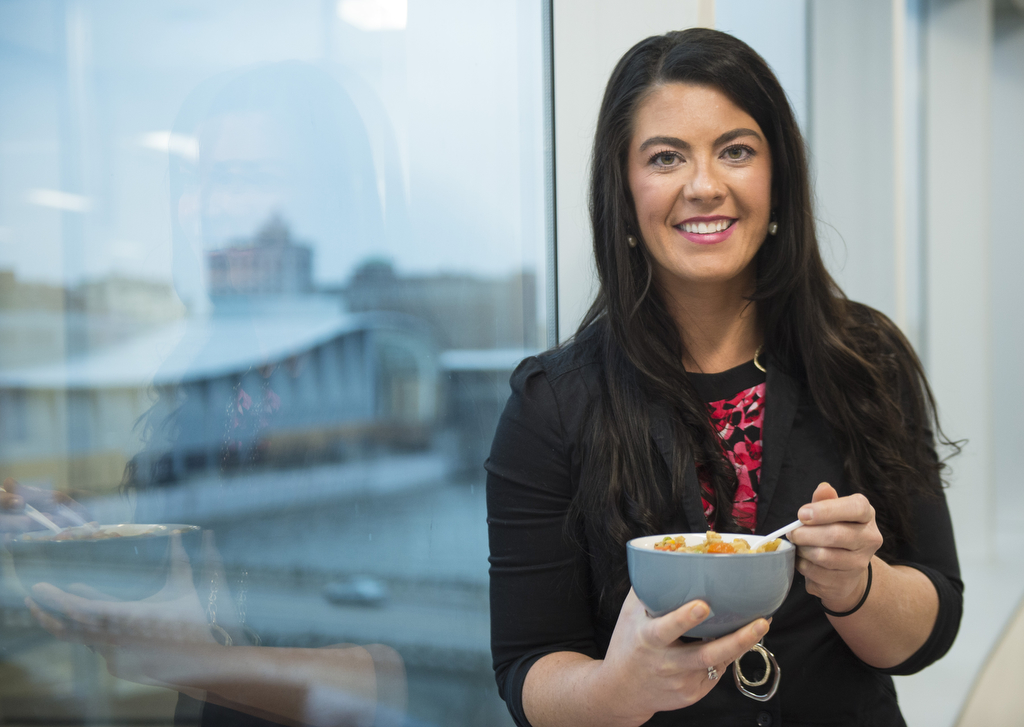
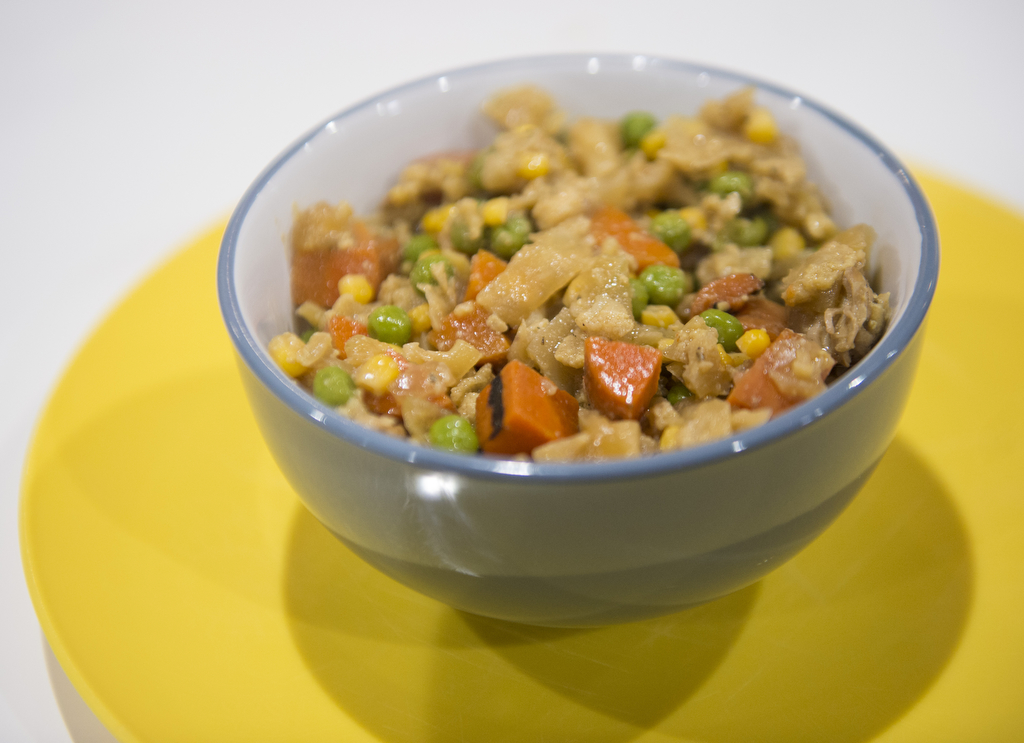


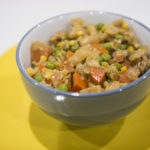

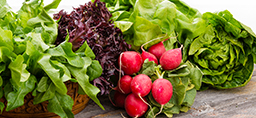 /a>
/a>
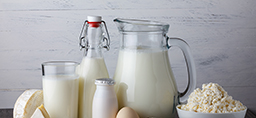 /a>
/a>
 /a>
/a>
When my wife and I watched FedUp for the first time 6 months ago, we decided to give up added sugar. It has been our greatest challenges of our adult lives, but the results are astonishing. No more headaches, no more fatigue, clearer skin, better emotional control and of course, weight loss are just some of the benefits we have enjoyed. It’s our way of life, now and we are not going back.
Wow, Matt, what an awesome testimonial for the no-sugar diet. Thank you for sharing!
That’s impressive, Matt! It’s awesome that you are seeing such great changes in your health.
Way to go, Babe! You’ve always been interested in food prep, and eating in a healthy way. Terrific organizer, you are! Hugs, Mom
Her commitment to healthy living is inspiring!
It’s sticking to it, and after awhile it becomes easy. My Dad had high blood pressure, so we never had a salt shaker on the table. To this day, most canned soups and other foods appear salty enough to me, and sometimes too salty. I watch others salt the same dishes heavily. Stick to your plan and your taste will adjust. I haven’t added sugar to cereal that I can ever remember. Even the low sugar brands are quite sweet to me. Great article.
It’s interesting how your tastes change after a while. After cutting out the sweet stuff in yogurt and oatmeal, I learned to like the taste of both with just fruit. I still sometimes add maple syrup or brown sugar — but as a treat and not as an everyday habit.